On July 19, during warm-ups for the WNBA All-Star Game in Indianapolis, WNBA players decided to wear shirts with the saying “Pay Us What You Owe Us.” Representing the hot topic around the world, do the WNBA players deserve to get paid more?
The Women’s National Basketball Association, or WNBA, is a professional basketball league for women. This league features a variety of famous teams, including the Chicago Sky, Los Angeles Sparks and the Atlanta Dream. It also features stars like Catlin Clark, Angel Reese, and many more well-known athletes.
According to Sports Illustrated, the average salary for a WNBA player is $102,249, and this amount fluctuates throughout their career. That amount is substantial, but it isn’t comparable to the millions of dollars that the average NBA player is paid. According to si.com which is 11,910,649$. Having equal pay to that of male sports has always been a topic of concern for female sports. The WNBA has been more vocal on the topic when it comes to wanting more money and equality.
While some people do believe that the female athletes deserve higher pay, others don’t. I think the WNBA does not deserve more money, given that they’re being paid thousands of dollars from an organization that isn’t that interesting. What draws people’s attention to the NBA is the athleticism, the agility, the marketing, the storylines and much more. All of these factors attract people to the business and create fans/money. For example you won’t see WNBA players doing 360-degree dunks mid game, it just doesn’t happen.
The women just don’t really have that it-factor to gain fans and more attraction. They have the skill and play the game like how it’s supposed to be played, and some players have storylines, but most don’t. Unless you’re a superstar nobody would really know any players. That’s just something the organization and players need to work on if they want their sport to gain more money, followers, and general respect from the world.
To raise more awareness about the problem, stars like Clark and Reese also wore these shirts, utilizing their influential power to spread the message further. Although this has been a topic since the league’s inception in 1996, the WNBA’s viewership and economic prosperity are at their peak. According to sportspro.com, the WNBA is averaging 794,000 viewers—a 21% increase—which has been beneficial for the players’ cause.
As the league continues to grow, many people around the world hold varying opinions on this topic, individuals worldwide eagerly wait to see what economic and social changes the WNBA will implement for its players and organizations. Will these talented women receive the money they believe they deserve, or will the pay remain unchanged?


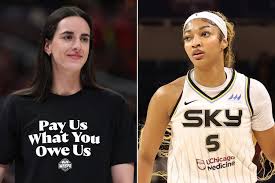
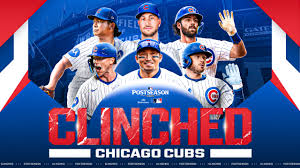
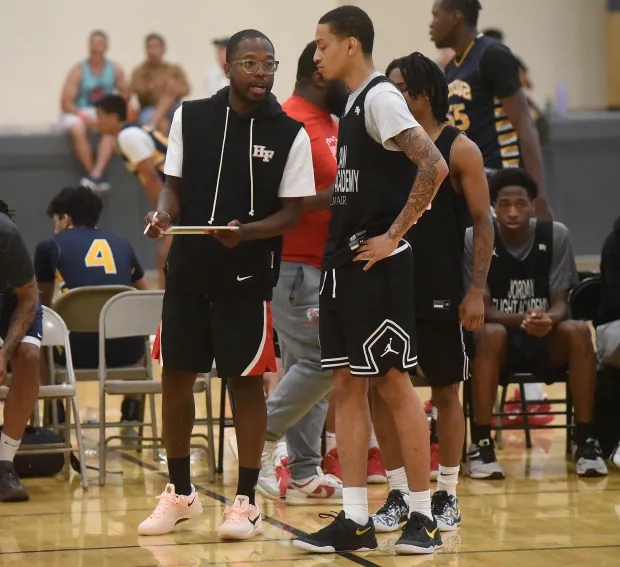
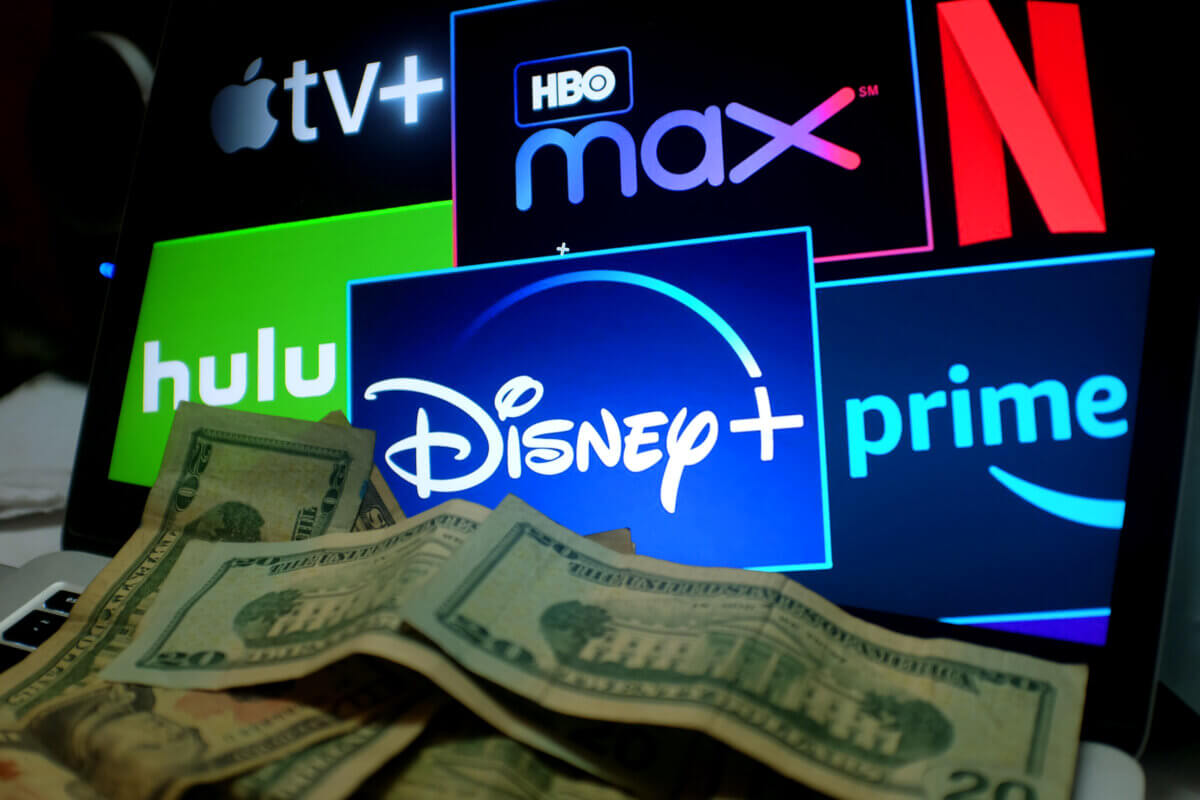

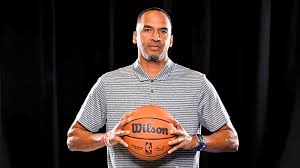
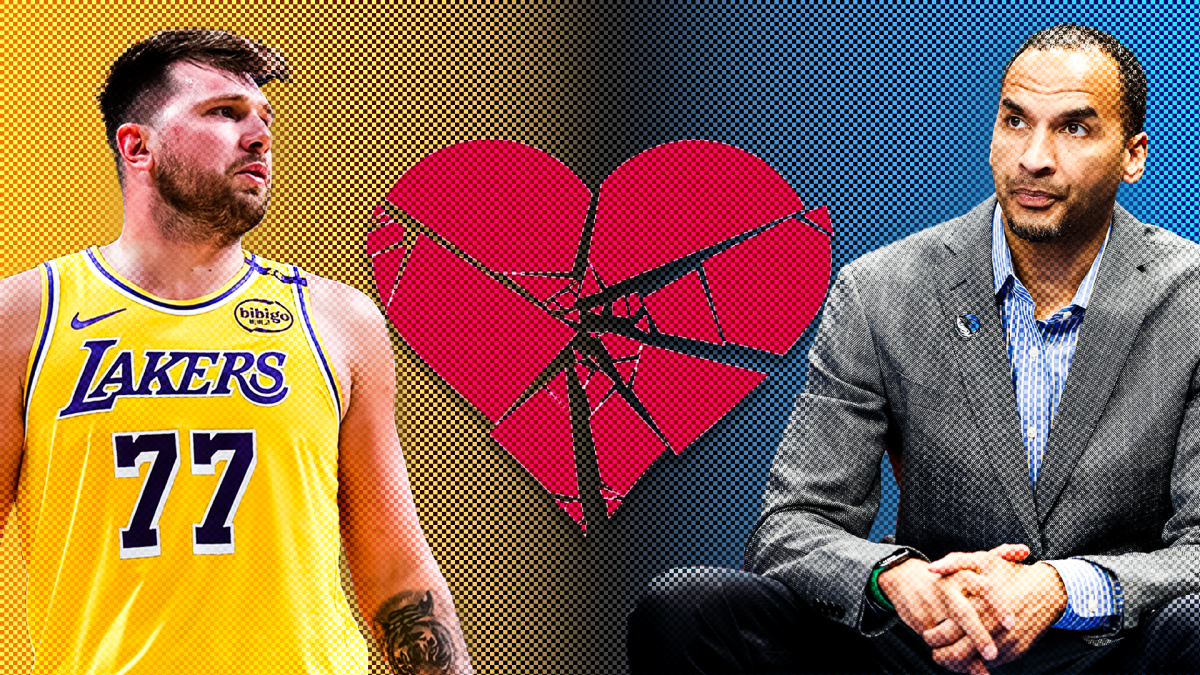
Annelise • Sep 18, 2025 at 11:20 am
I think that while this discussion is important, it’s also important to remember that the WNBA and the NBA just have different styles of playing, the same way women’s and men’s soccer have different styles. Just because the NBA is generally more “flashy,” that doesn’t take away from the incredible skill of the women in the WNBA. If we pay the players more money and give them more air time, publicity, etc., more people will watch them play!